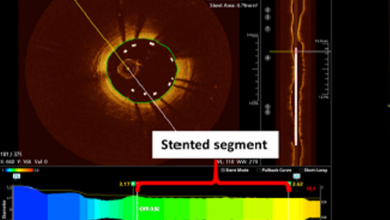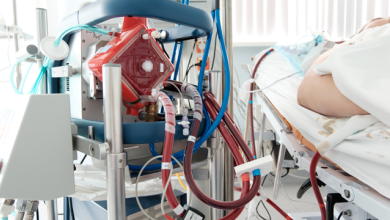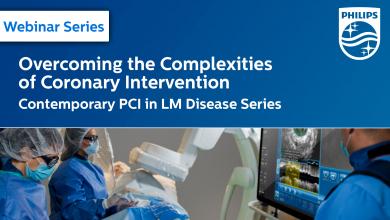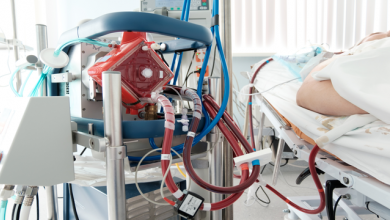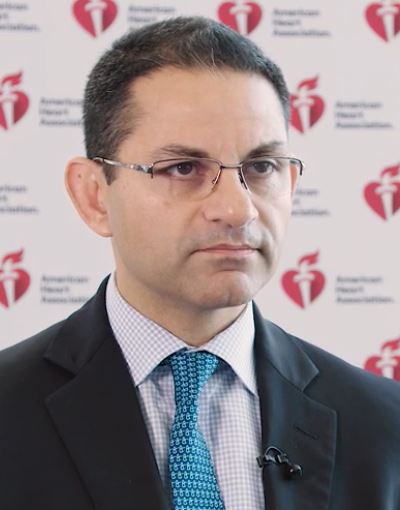Search results
Author(s):
Javier Escaned
Added:
5 years ago
Prof Javier Escaned (Hospital Clinico San Carlos, Madrid, ES) discusses the long term effect of bioresorbable scaffolds and metallic drug eluting stents (DES) on human coronary hemodynamics, following the results from the latest ABSORB II randomised trial.
Filmed on site at CRT 2019 by Radcliffe Cardiology
Questions:
1. Why did you conduct this research?
2. Which devices were followed and how…
View more
Author(s):
Jelmer Westra
,
Shengxian Tu
Added:
3 years ago
Physiological lesion assessment is recommended for the identification of intermediate coronary lesions that might benefit from percutaneous coronary intervention (PCI).1 The quantitative flow ratio (QFR) was developed to derive coronary physiology from angiographic images, whereas the optical flow ratio (OFR) is a more recent approach for the rapid and automated assessment of coronary physiology…
View more
Author(s):
Morton J Kern
,
Katherine M Yu
Added:
3 years ago
Coronary artery disease (CAD), the most common cause of morbidity and mortality in the US, is frequently identified by coronary angiography. Decisions for treatment are often based on angiography alone, absent other clinical indicators for intervention. However, by angiography alone, conventional wisdom has suggested that a coronary stenosis is significant if there is at least a 50 % diameter…
View more
Author(s):
Alexander G Truesdell
,
Rhian E Davies
,
Moemen Eltelbany
,
et al
Added:
1 year ago
Author(s):
José M de la Torre Hernández
,
Hee Hwa Ho
,
,
et al
Added:
2 years ago
Left Main Coronary Artery (LMCA) intervention is challengingto the operator due to a wide array of factors as compared to treating other stenosis elsewhere in the coronary tree. Complications arising from hemodynamic instability, lack of proximal reference angiographically and lesion preparation due to a higher rate of atherosclerosis make LM Coronary Artery Disease (CAD) by far the most complex…
View more
Coronary Vasospasm
Author(s):
Jingwen Huang
,
Rebecca Steinberg
,
Matthew J Brown
,
et al
Added:
10 months ago
Article
José M de la Torre Hernández
Job title: Head of Hemodynamics and Interventional Cardiology
Author
Author(s):
Ahmed M Alabbady
,
Ahmed S Abdul-Al
,
Kimberly A Skelding
Added:
3 years ago
The introduction of percutaneous coronary angioplasty in 1977 by Dr Andreas Grüntzig1 was one of the most remarkable achievements in the cardiology realm, opening the door to numerous advancements in percutaneous coronary interventions (PCIs). Due to advances in PCI techniques over the past four decades, catheters along with four generations of coronary stents have dramatically changed the…
View more
Author(s):
Charles Simonton
,
Craig Thompson
,
Jason R Wollmuth
,
et al
Added:
3 years ago
Coronary artery disease (CAD) is a leading cause of morbidity and mortality globally, despite advances in medical and preventive therapy. It is estimated that 18.2 million adults in the US have CAD, with 720,000 Americans projected to have a first hospitalization for MI or CAD death this year.1 Treatment of patients with symptomatic CAD includes guideline-directed medical therapy and coronary…
View more
Navin K Kapur
Job title: Associate Professor
Author









